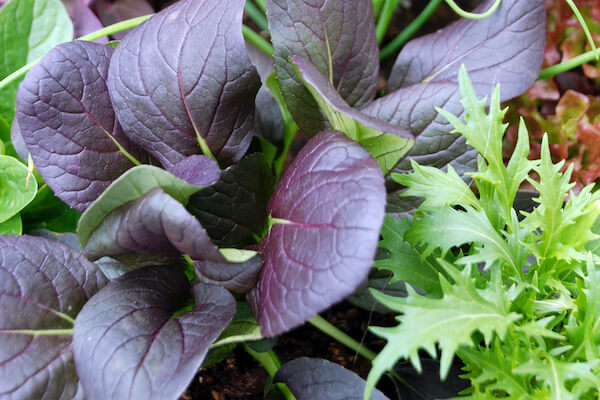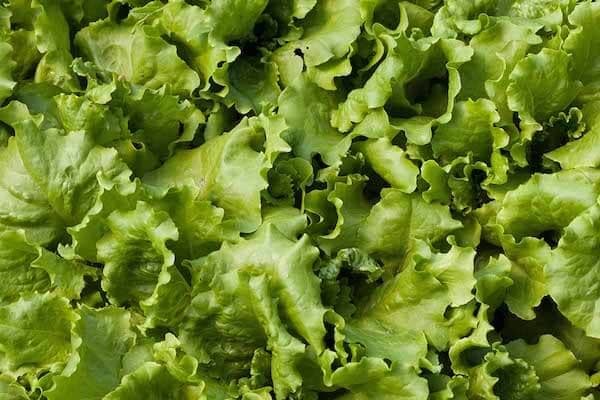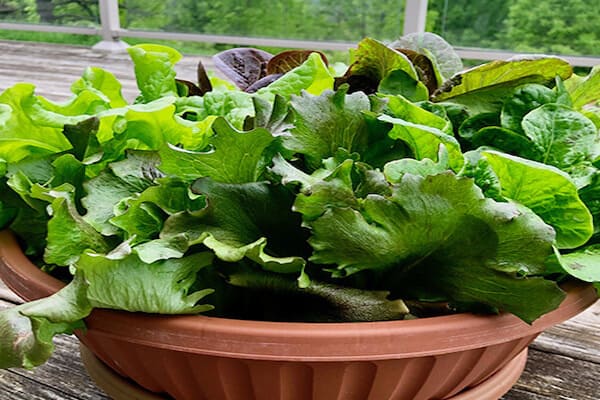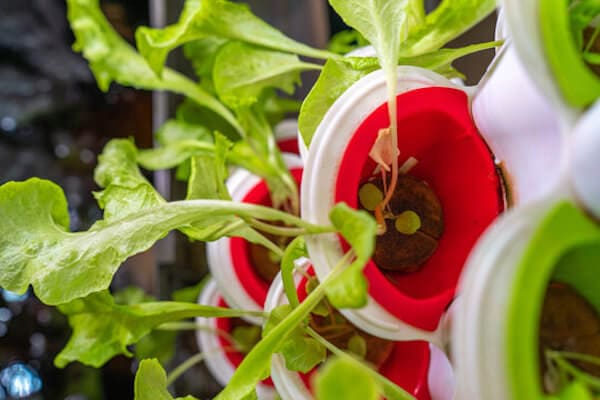
Cultivating lettuce can be a gratifying experience for garden enthusiasts across all proficiency levels. This versatile, nutrient-rich, and tasty leafy green can be nurtured in various environments, encompassing personal gardens, pots, and city farms.
Spiraling circles, a recently developed and patented lettuce growth technique by Crop Circle Farms, significantly enhances yield while conserving vital resources like soil and water. Space-efficient spiraling circles are ideal for urban farms which typically cultivate crops within city confines, where the farmable space seldom surpasses an acre.
In contrast, the conventional way of cultivating lettuce in rows demands substantially more land than usually allocated for an urban farm, ranging from a couple to hundreds of acres based on the lettuce variety and market demand. Cultivation in rows consumes 90% more water and fertilizer compared to the spiraling circle approach, and requires fossil fuel-driven machinery like tractors, trucks, and irrigation systems for tilling, fertilization, seeding, and harvesting. Such practices have been shown to adversely impact the environment over time.

Lettuce, a favored crop for urban farming, is relatively simple to grow and doesn't demand much space. Here are some helpful tips for urban farm lettuce planting:
Adhering to these guidelines can ensure successful lettuce cultivation on an urban farm. Lettuce is an excellent choice for urban farming due to its easy cultivation, minimal space requirement, and continuous harvesting potential.
There are six primary types of lettuce to consider: butterhead, crisphead, romaine, loose-leaf, Batavia, and summercrisp. Each variety has unique characteristics in terms of texture, taste, and growing requirements, and the choice will depend on climate, season duration, soil, daily sunlight hours, and irrigation needs.
Butterhead Lettuce
Crisphead Lettuce
Romaine Lettuce
Loose-Leaf Lettuce

Lettuce seeds are simple to cultivate, collect, and store. Below are some tips for each stage of the process:
Cultivating Lettuce Seeds
Collecting Lettuce Seeds
Storing Lettuce Seeds
Growing lettuce in containers is a fantastic way to enjoy fresh, homegrown lettuce, even with limited outdoor space. Here's how to grow lettuce in garden containers:
Growing lettuce in garden containers is an easy and fulfilling way to enjoy fresh, homegrown lettuce. With the right container, soil, fertilizer, and care, you can enjoy delicious lettuce from your own container garden.

There is a multitude of lettuce types that you can consider planting, each offering a unique blend of flavor and texture. The following are some of the prime lettuce varieties perfect for home gardening:
While deciding which lettuce variety to grow in your garden, factors like sunlight exposure and average temperature should be taken into account. Some varieties thrive in cooler conditions, whereas others can withstand warmer temperatures. Experiment with different types to discover those that flourish best in your garden and align with your personal taste preferences.
If you are new to lettuce cultivation, here are some pointers to get you off on the right foot:
Lettuce can be produced through various methods - organic, hydroponic, and Optimal Varieties of Lettuce for Home Gardening.
Organic lettuce is cultivated without synthetic pesticides or fertilizers. Traditional methods, such as crop rotation and composting, are typically used, and emphasis is placed on soil health. This type of lettuce is generally grown in outdoor fields or greenhouses and requires more labor and time than the other methods. However, many people prefer organic lettuce due to its environmentally friendly cultivation process and perceived health benefits.
Hydroponic lettuce is grown in nutrient-rich water rather than soil. This method allows for year-round cultivation in controlled environments like greenhouses, making it less susceptible to weather fluctuations and pests. Hydroponic systems also use less water than traditional field growing. On the downside, setting up a hydroponic system can be costly, and the lettuce may lack the taste complexity that comes from soil-grown plants.

Field-grown lettuce is the traditional method, where lettuce is grown in soil in outdoor fields. This method takes advantage of natural sunlight and rainfall, making it cost-effective on a large scale. However, it is more vulnerable to weather changes, pests, and diseases. Also, field-grown lettuce generally requires more water and may contain more pesticide residues than the other two methods, unless organic practices are used.
Regardless of the method you choose for growing lettuce, each has its benefits and challenges. The best method depends on your specific situation, resources, and personal preferences.
Lettuce is low in calories and high in water content. While it is a good source of certain vitamins and minerals, it is also relatively low in other nutrients compared to other vegetables like kale and spinach.
Nutritional Differences Between Types of Lettuce
All lettuce types share common traits such as being low in calories and having a high-water content, but certain nutritional characteristics can vary:
Understanding the different types of lettuce and their specific growth requirements can help you successfully grow lettuce on your farm or in a garden.